
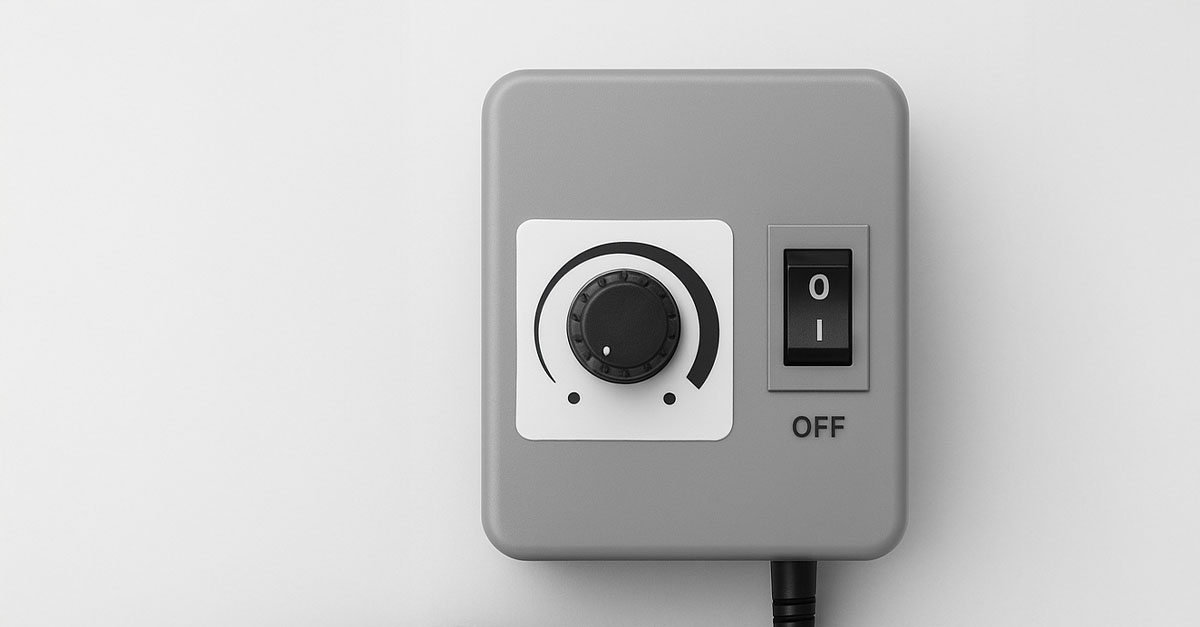
News
06.10.2025
A speed controller for a fan is a device that regulates the rotational speed of a fan’s motor, allowing precise control over airflow and energy consumption. By adjusting the speed, users can match ventilation to the specific needs of the environment, improving comfort, efficiency, and performance.
Controlling the fan speed reduces unnecessary energy consumption. Fans running at full speed all the time waste energy when a lower airflow is sufficient.
Lowering the fan speed reduces noise levels, making environments quieter and more comfortable.
By avoiding constant full-speed operation, fan motors experience less wear and tear, which increases longevity and reduces maintenance costs.
A speed controller allows precise adjustment of airflow to meet varying requirements, ideal for heating, ventilation, and industrial processes.
Simple dial or slider-based devices that allow users to adjust fan speed manually. Common in domestic and small commercial applications.
Advanced controllers with digital interfaces that offer precise speed adjustments, programmable schedules, and sometimes remote control capabilities.
Used for AC motors in industrial fans, VFDs adjust the motor frequency to control speed, providing maximum energy savings and fine-tuned airflow control.
A speed controller for a fan is an essential tool to improve energy efficiency, reduce noise, extend motor life, and provide precise airflow control. By selecting the right type of controller for your application, you can optimise fan performance, save costs, and create a more comfortable or productive environment.
Return To NewsKeep up to date with our
Our Range
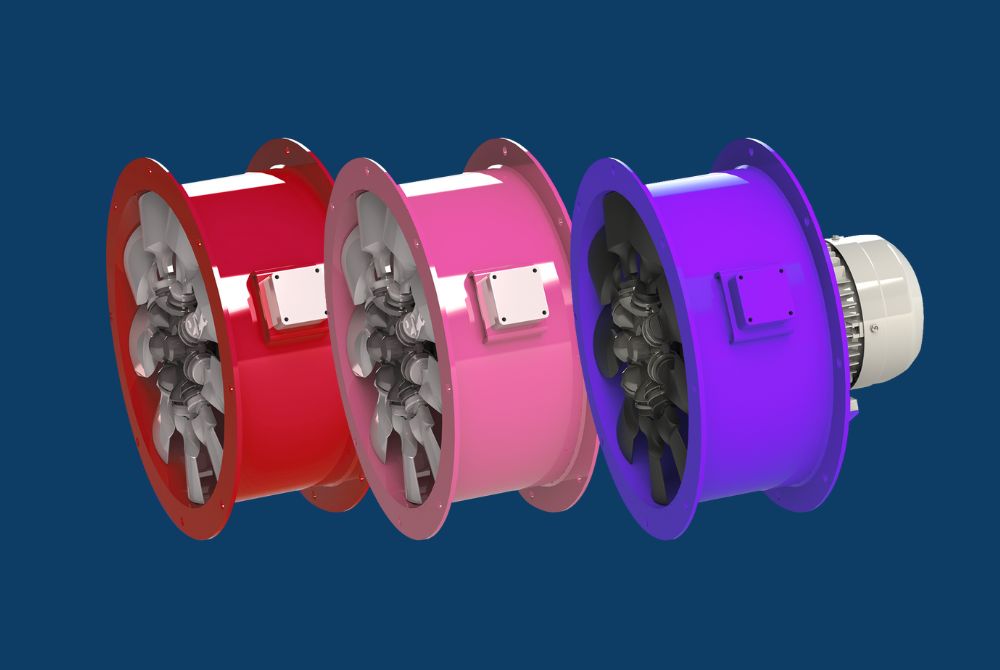
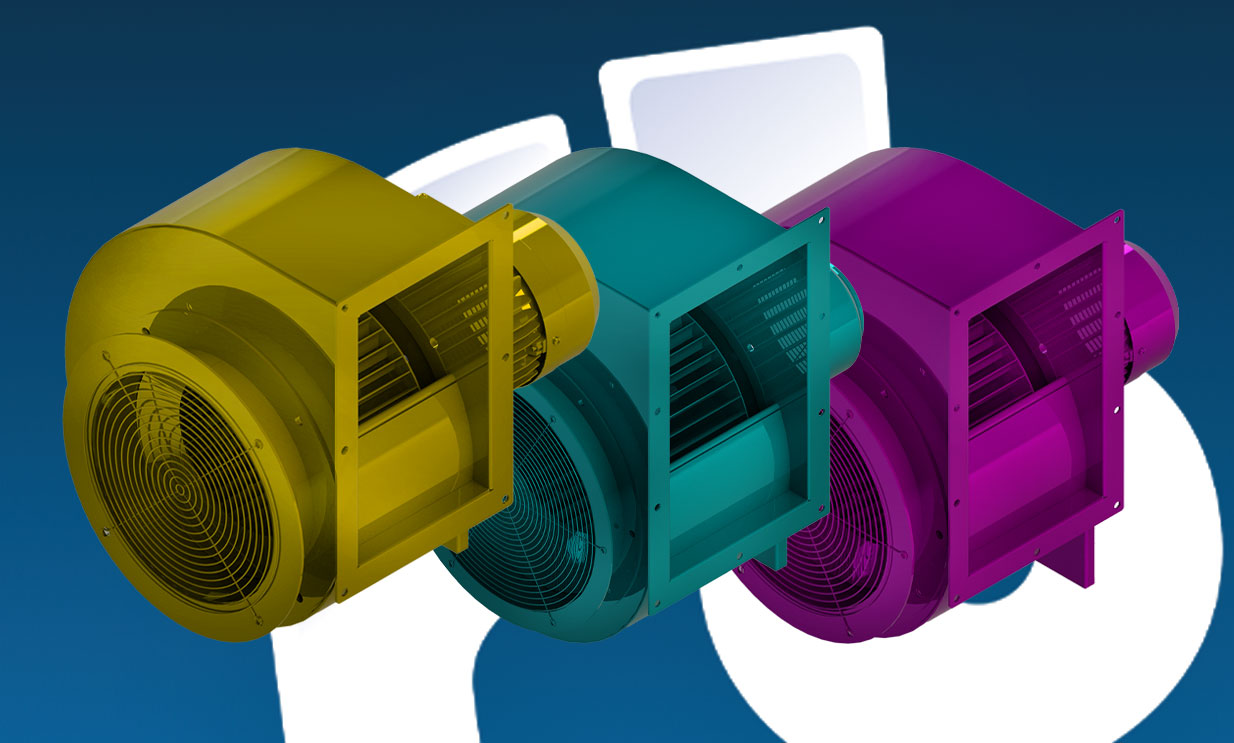
Worldwide shipping
International standards
High performance
